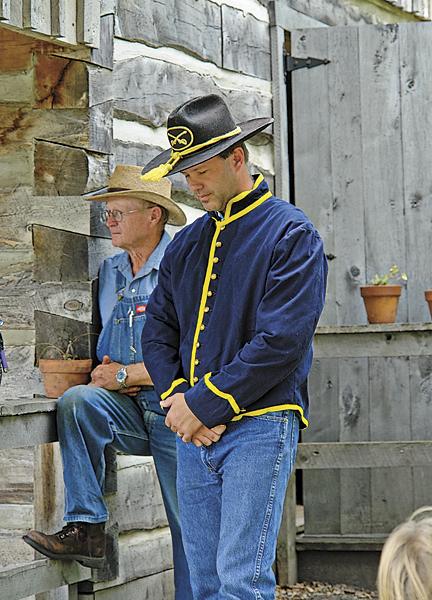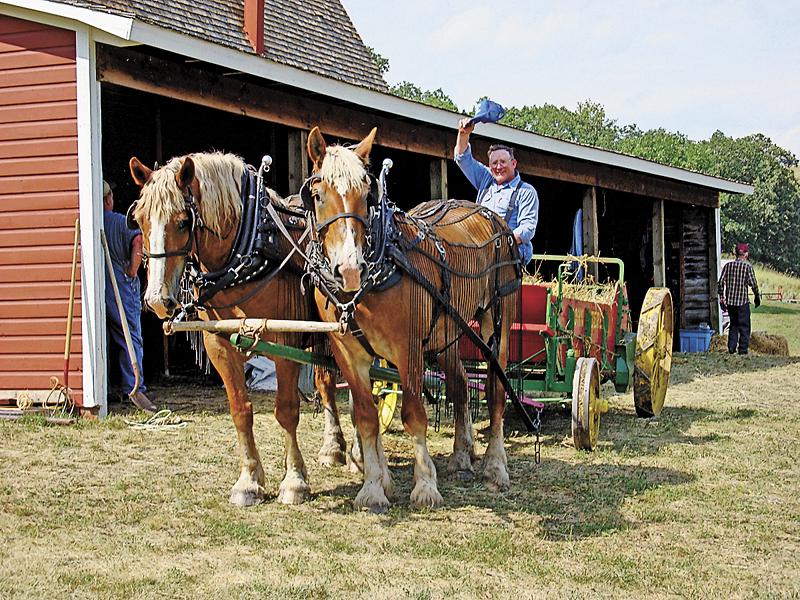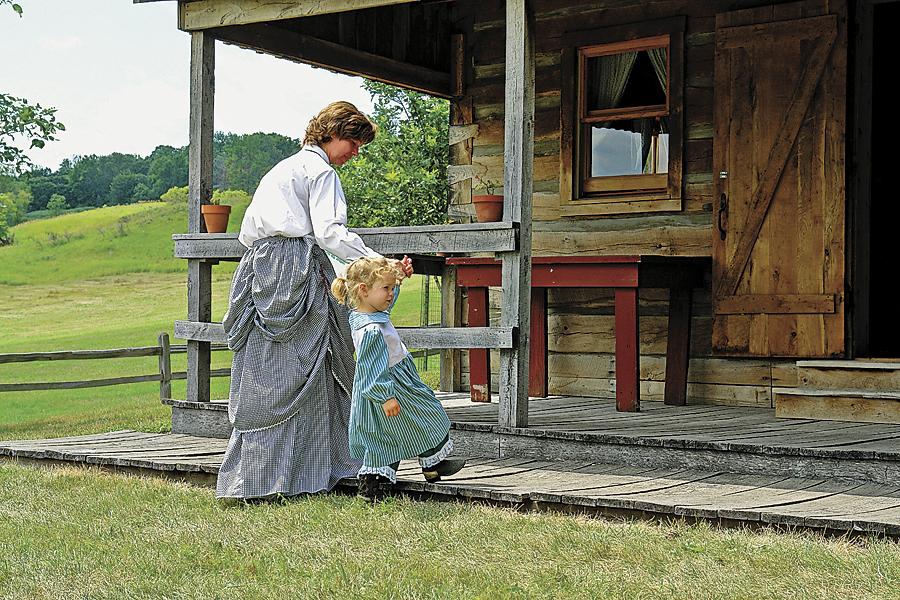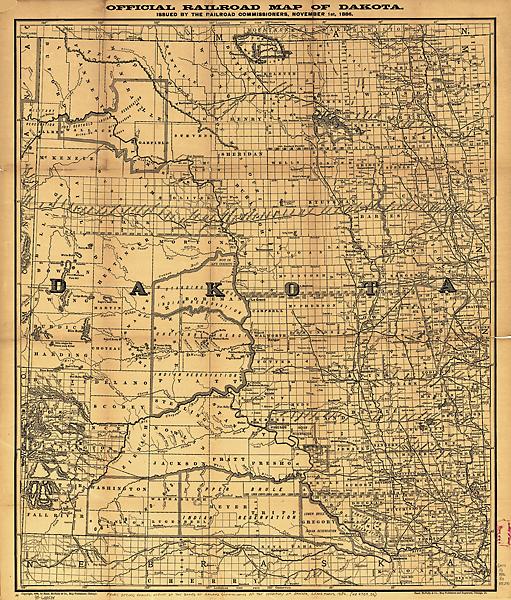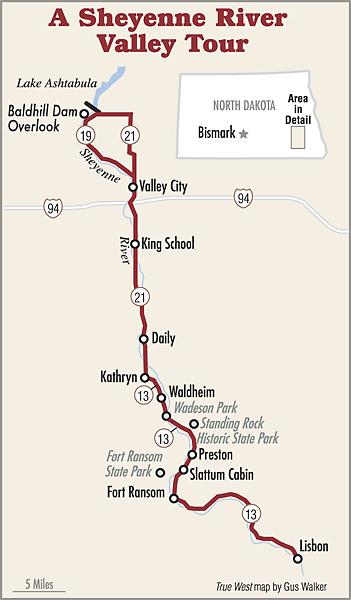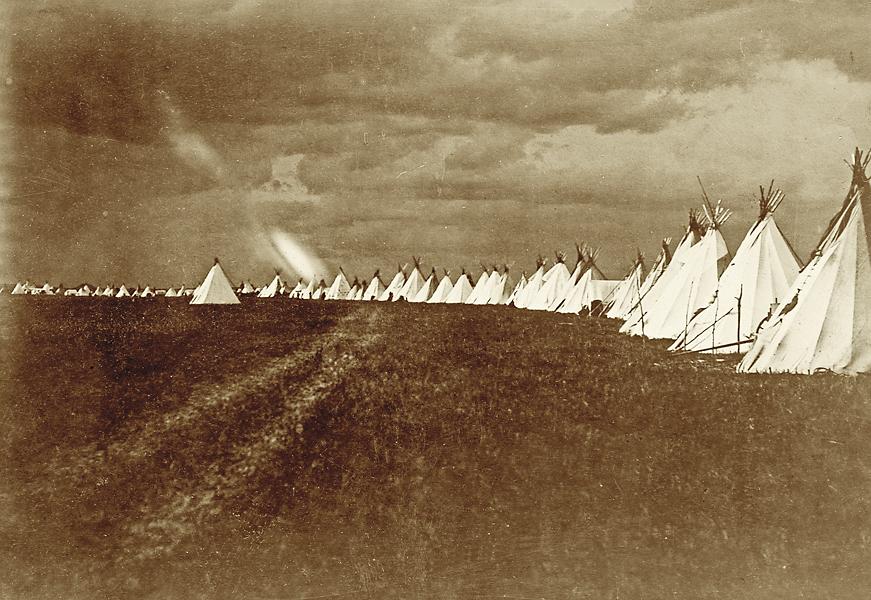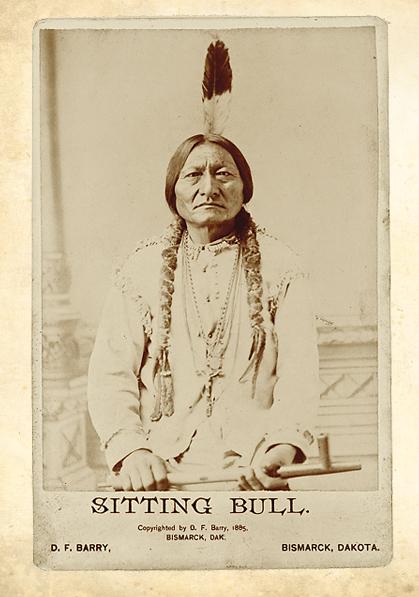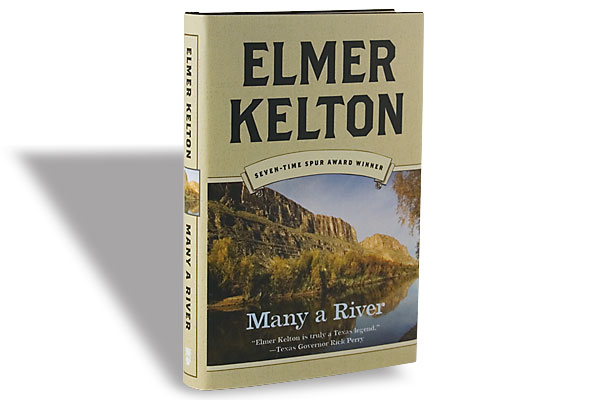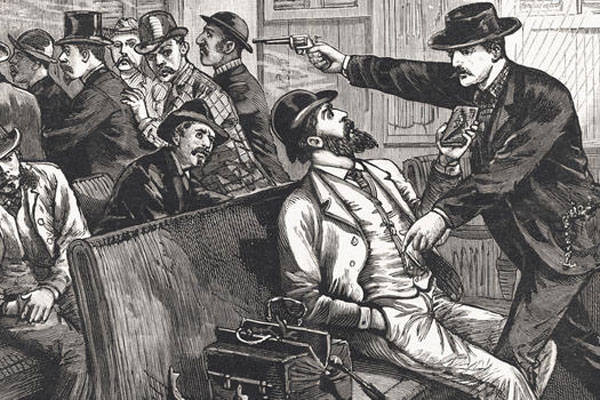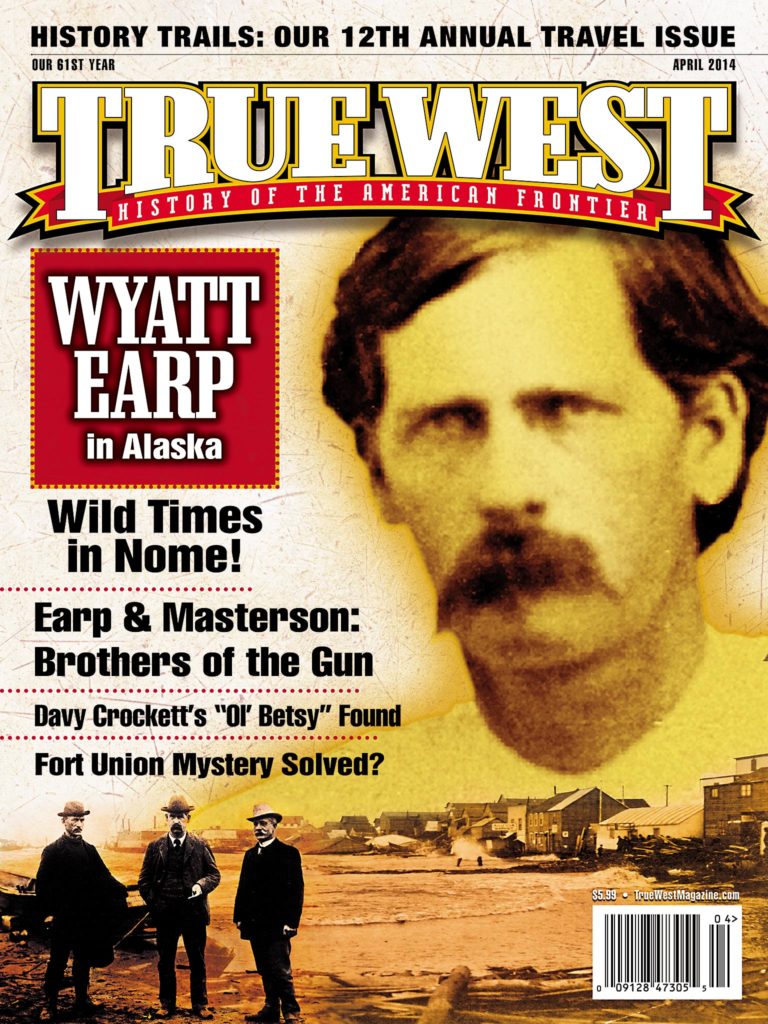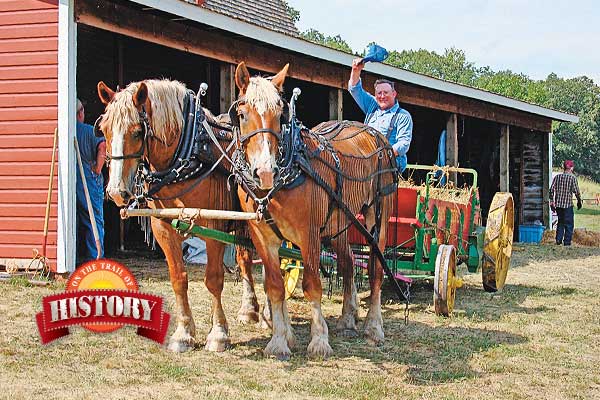
2014-02-24Ask most people to name a river that flows in North Dakota, and you’ll probably hear the Missouri (we thank you, Lewis and Clark) and possibly the Red (we tip our hats to that unknown humanitarian for penning that classic folk song “Red River Valley”).
But the Sheyenne? This river—yes, it’s spelled with an S and not a C—doesn’t get the attention of the wide Missouri or the musical Red, and flows through a region most tourists speed past on their way east to Fargo or west to Bismarck or Medora. But the Sheyenne has a significant amount of history and sites worth seeing.
Besides, since 2002, the Sheyenne River Valley has had its very own National Scenic Byway, 63 miles from Baldhill Dam to Lisbon. So let’s get started.
The river, a tributary of the Red, flows roughly 591 miles, beginning north of McClusky and meandering across eastern North Dakota before joining the Red around Fargo.
For our purposes, start in Valley City—unless you’re chasing walleye or northern pike at Lake Ashtabula, which Baldhill Dam formed.
First stop in Valley City should be the Rosebud Visitor Center. “Rosebud” has nothing to do with Gen. George Crook’s poor showing in southern Montana against Lakota and Cheyenne Indians in 1876 or with a certain sleigh from the classic film Citizen Kane. This Rosebud is the 1881 Northern Pacific superintendent’s railcar, located at the visitor center along with various offices, including the area convention and visitors bureau and the Sheyenne River Valley National Scenic Byway.
The car, of course, might be the biggest draw. In July 1881, the Northern Pacific Railroad converted this unused car into living quarters for S.R. Ainslie, superintendent for the National Park’s Yellowstone Division. The railroad—a big reason Valley City is here today—kept the car, now fully restored, in operation until 1931.
Originally founded as Second Crossing of the Sheyenne, Valley City offers two other cool sites worth seeing. Take the city’s self-guided Historic Bridges Tour, and then head to the 19-acre Medicine Wheel Park. It’s not as old or as historic as Wyoming’s Medicine Wheel—this one was built by a Valley City State University professor and students in 1992—but it pays tribute to the more than 100 rock “medicine wheels” built by Indians across the West. Twelve Indian burial mounds are also in the park, and these are historic. The first mounds were charted in 1883.
From Valley City, follow the Sheyenne along Highway 21. A few miles south is King School, a one-room schoolhouse and seasonal craft shop. This school was built in 1930 and taught kids as late as 1967, but another King School, on a different site, started in the 1880s.
As the road and river meander toward Kathryn, you might notice a brick marker and tiny parking lot a few hundred feet off the road in farm country. That’s all that’s left of Daily, founded in 1882.
There’s more around charming Kathryn, a tiny town founded around 1900 when the Northern Pacific’s Casselton branch was being built to Marion. The population probably doesn’t top 100, but the storefronts have been restored to its turn-of-the-20th-century look and feel.
Follow Highway 13 to Wadeson Park Historic Site on the Sheyenne’s east bank. That hand-hewn oak cabin dates to 1876 when Carl Jenson and his nephew, Jon Bjerke, settled here. Over the years the cabin, which was restored in 1981, housed a community hall, country store and even an icehouse.
Down the road, about two miles from Little Yellowstone Park, is the Waldheim Lutheran Church, built in 1900, and then off to the east you’ll see a high hill that could easily be dismissed. This is Standing Rock State Historic Site, and atop this hill are Indian burial mounds. What’s more, the hill was used as a landmark for travelers for years, showing up on Joseph Nicollet’s map in 1843.
Keep along the river and Highway 13. On the west side of the road, just past the old Preston community, is another log cabin. Theodore Slattum, a Norwegian who came to Minnesota in 1870, built the cabin in 1879. Nine years later, Slattum and his wife moved here with a wagon, at least one ox and $40. They brought up nine children in this cabin, and Slattum eventually owned 1,000 acres, making him one of Ransom County’s most prosperous pioneers.
In 1945, the cabin was moved to Fort Ransom State Park, but some 50 years later was returned to its original location.
Which brings us to Fort Ransom. First stop, the state park. Established in 1867 about three miles south of the present-day park, Fort Ransom was named after Union Gen. T.E.G. Ransom, who was wounded four times during the Civil War only to die of dysentery in Georgia in 1864. At Fort Ransom, soldiers guarded the trail from Fort Abercrombie to the Missouri River until 1872, when the post was abandoned.
This park, however, honors those unheralded heroes of the Northern Plains: sodbusters.
This is homesteader country, and within the park are two farmsteads, the Bjone Home—now the visitor center—built in 1879. The first Lutheran church services were held here in 1882. The other farm is Andrew Sunne’s 1884 homestead.
The best time to visit is during Sodbuster Days, held on the first weekend after Independence Day and a harvest version on Labor Day weekend. Each festival features demonstrations of 19th-century farming and blacksmithing and—even better—farm cooking.
There’s more to Fort Ransom than just this state park. Head over to the T.J. Walker Historic District, home to the Ransom County Museum and various buildings—barn, mill, dam, icehouse—related to Tyler James Walker. Who was T.J. Walker?
His father was Hiram Walker, who moved from Minnesota to Valley City in 1879 and started a flour mill, machine shop and foundry. T.J. went deer hunting around Fort Ransom in 1881, built a mill and store and operated both until he sold out in 1919.
From Fort Ransom, take Valley Road to Lisbon. This town, incorporated around 1879, is full of charming homes and some historic buildings, including an 1890s opera house that once held memorial services for President William McKinley and later showed The Birth of a Nation. The building fell into disuse until 1994, when it was donated to the nonprofit Lisbon Opera House Foundation and is now open for special events.
Of course, this being farm country, you might drop in at the Lisbon Farmer’s and Artisan’s Market on Monday afternoons. Likely, you’re hungry.
Hard to believe that we’ve covered only some 50 miles from Valley City: 50 miles of a lot of scenery, history and one really neat river.
Johnny D. Boggs recommends checking out the website HelloValley.com before taking off on the Sheyenne River Valley National Scenic Byway.
* For more great Western heritage travel adventures please click on the links below.
- On the Trail of Old Arizona
- Texas Hill Country Trail: Cavalry, Cowboys and Germans
- Rambles Through the Nebraska Panhandle
- The Bozeman Trail
- On the California Trail: Salt Lake City to Sacramento
Photo Gallery
– courtesy Sheyenne River Valley National Scenic Byway –
– Courtesy Sheyenne River Valley National Scenic Byway –
– Courtesy Library of Congress –
– Courtesy Library of Congress –
– Courtesy Library of Congress –


